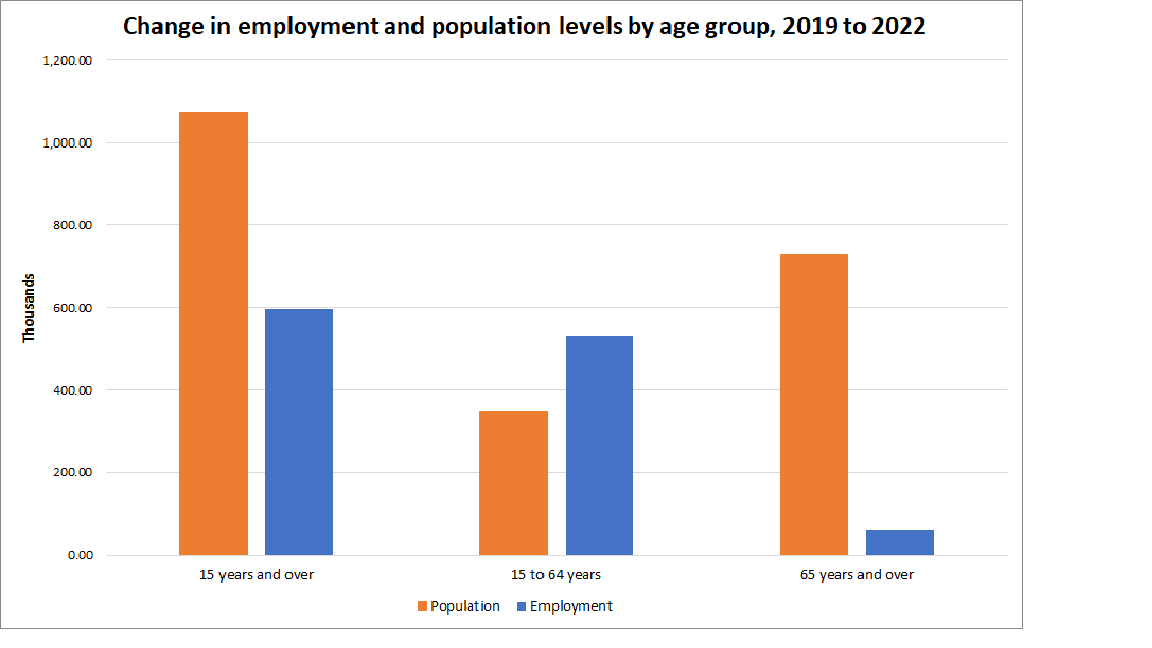A closer look at Canada’s changing labour market

The unemployment rate is the single measure most often used by politicians, policymakers and the media to gauge Canada’s labour market performance—but it doesn’t tell the whole story. To truly understand the state of Canada’s labour market, its necessary to take a closer look at various statistics.
A recent study did just that. Specifically, it compared a number of labour market statistics based on the average (seasonally adjusted) rate (or level) from January to May of each year from 2019 to 2022 to gauge Canada’s labour market recovery from the pandemic.
If one looks at the unemployment rate alone, it would appear Canada’s labour market has more than recovered. Specifically, the unemployment rate in 2022 (5.5 per cent) was 0.3 percentage points below the unemployment rate (5.8 per cent) in 2019. In recent months, the unemployment rate has dropped further to a record low of 4.9 per cent.
But how does Canada’s labour market recovery look according to other statistics?
According to the employment rate—the share of the Canadians 15 years of age or older that are working—Canada’s labour market has not fully recovered. The national employment rate in 2022 (61.7 per cent) was 0.2 percentage points below the employment rate (61.9 per cent) in 2019. And in the past two months, the employment rate has fallen to 61.6 per cent.
According to the study, the overall labour market has yet to fully recover from the pandemic-induced recession due to the continued aging of the country’s population.
The chart below shows the change in aggregate employment and population as well as by levels by age group from 2019 to 2022. Population in this context refers to the number persons of 15 years and over.

Overall, there were 1.1 million additional potential workers in 2022 compared to 2019. Of the 1.1 million additional potential workers, 347,300 were aged 15 to 64 while a vast majority (729,100) were aged 65 or older. As shown in the chart, the number of those aged 15 to 64 who became employed (533,120) vastly outstripped their population growth. In sharp contrast, just 62,680 of those 65 plus—the age group that drove population growth over the period—became employed.
There are two key insights from these statistics. First and foremost, seniors—who have lower employment rates than working age individuals—comprise a larger share of the population over 15 years of age in 2022 (21.9 per cent) than they did in 2019 (20.3 per cent). Second, the growth in the employment of seniors has not kept up to their population growth. As a result, despite a robust recovery in employment for working age individuals—their employment rates are the highest on record—the overall employment rate is below 2019 pre-pandemic levels.
This is not a positive development, particularly considering that Canada is experiencing record-high job vacancies.
Canada’s labour market performance is more complicated than it first appears. The country’s changing demographics has created a drag on the employment rate. As the population continues to age, absent policy reform, it will only compound Canada’s labour market challenges.

